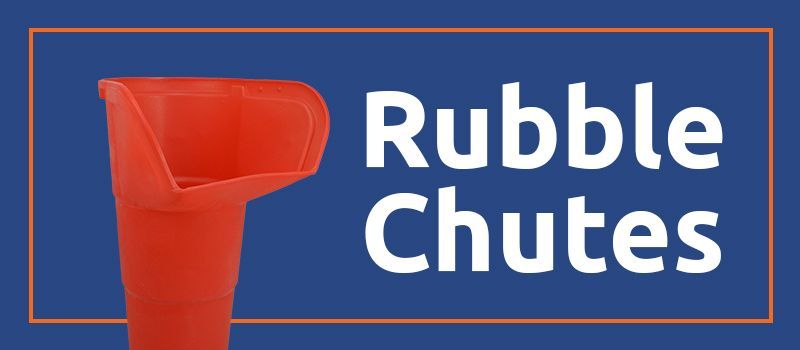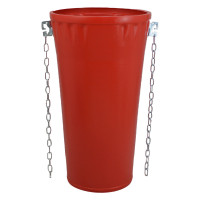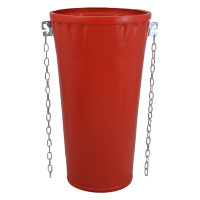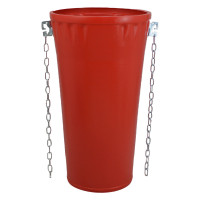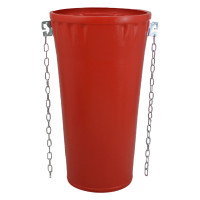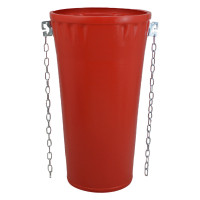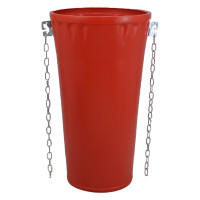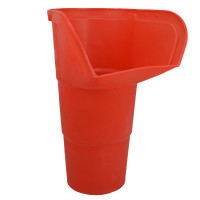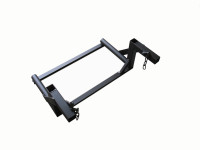Tucked away in our construction category is the unsung hero of the construction site, rubble chutes.
They aren’t the most glamorous of products, but on a building site they're important for keeping things tidy and quickly disposing of waste.
They aren’t something you’d normally hear much about from companies, so we’ve taken a closer look at rubble chutes to help you get a better understanding of what they are, their components and how they work.
What are rubble chutes?
Rubble chutes are found on building sites and construction sites. They’re commonly used to move waste from higher levels of a building to the bottom of the building. The waste passes through the chutes and lands in a skip that will then take the waste elsewhere.
As you can imagine, they’re used a lot in the construction sector. When used correctly, they’re extremely safe to use, as well quick to set up.
What is a complete rubble chute made up of?
A complete rubble chute that is used on a building site consists of several parts:
Rubble chute
An integral part of any rubble chute is the chute itself. Several chutes are fitted together to make up most of the channel and are deigned to the highest quality.
Each chute is fitted with a steel safety bracket that’s used to connect one chute to another.
Examples:
Top and Side Entry Hoppers
The additional extras available with all sizes are top hoppers and side entry hoppers. The top hoppers are used to help direct the debris down the chutes with minimal overspill, this is due to the high walls above the entry hole.
A steel plate is incorporated along the opening, which allows the waste to be tipped from wheelbarrows without damaging the top hopper itself.
The side entry hoppers work similarly to the top hopper, but these provide multi-level entry for waste. Unlike the top hopper which is just slotted into the first chute with no chains, the side entry hoppers can be attached into the run of chutes where the additional entry levels are required.
- Rubbish Chute Top Hopper - 500mm Rubbish Chutes
- Rubbish Chute Side Entry Hopper - Compatible with 650mm Rubbish Chutes
Scaffolding Fixing Frame
Another additional extra that we supply is the universal fixing frame. These are required to attach the chutes on to a building or structure.
These are attached to two ledger beams, which are incorporated into standard scaffolding by double couplers.
Examples:
Connecting multiple chutes
When assembled, each 1100mm chute sits 100mm inside the next; meaning they have a 1000mm working length. An optional fixing bracket (at an additional cost) is also available. This is needed to secure the top chute to the building. It’s recommended that for every ten metres of chutes, an extra fixing frame is required to ensure safety.
If you were working at the following heights:
10 metres = x10 chutes + x1 top hopper + x1 fixing bracket
20 metres = x20 chutes + x1 top hopper + x2 fixing brackets
You can see from all this that rubble chutes aren’t as straight forward as you’d think, but this short guide should have provided you with some information to safely use rubble chutes on your building site.
If you’d like to find out more about the rubble chutes we have available, please contact our sales team on 01777 858009 or email sales@kingfisherdirect.co.uk.
